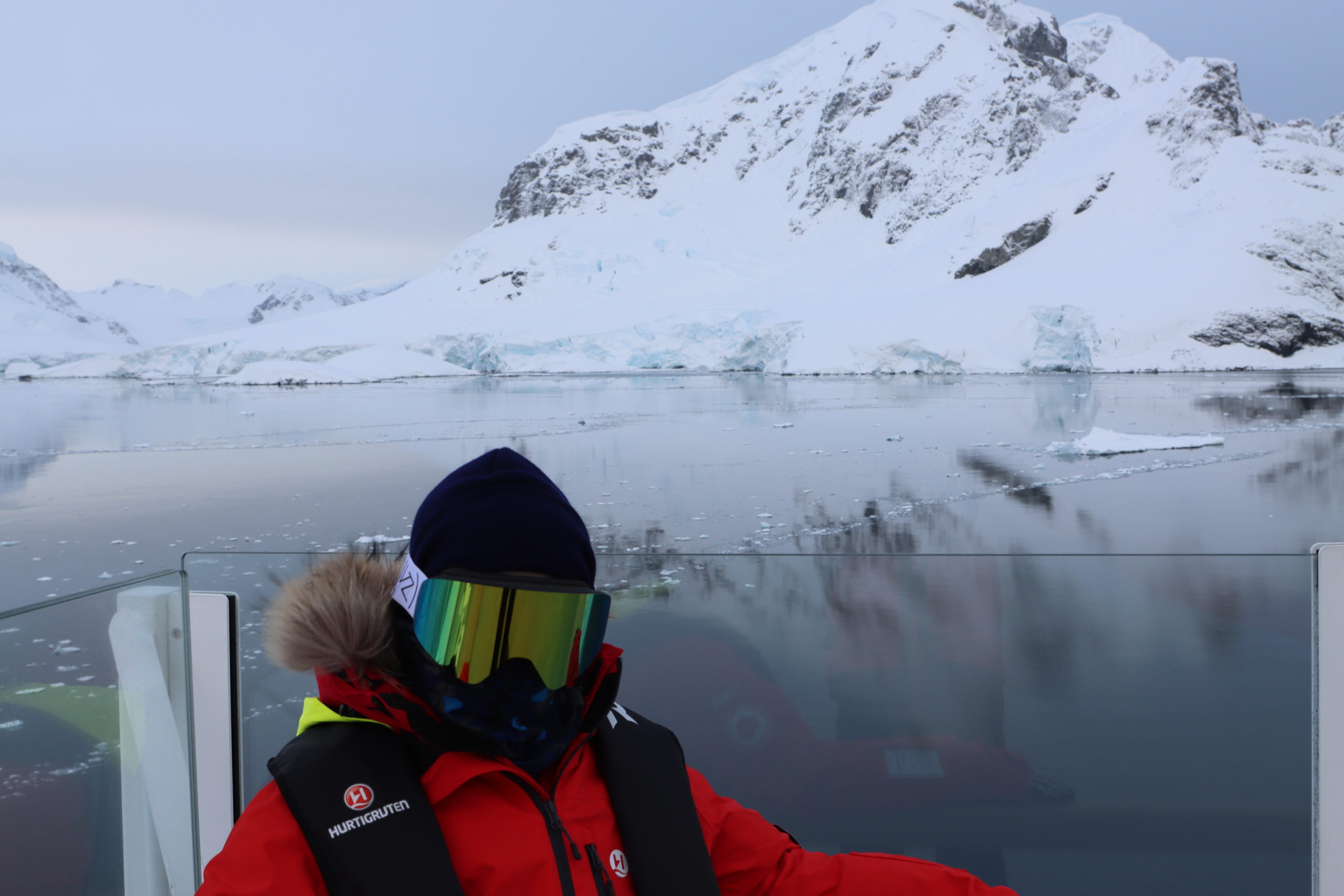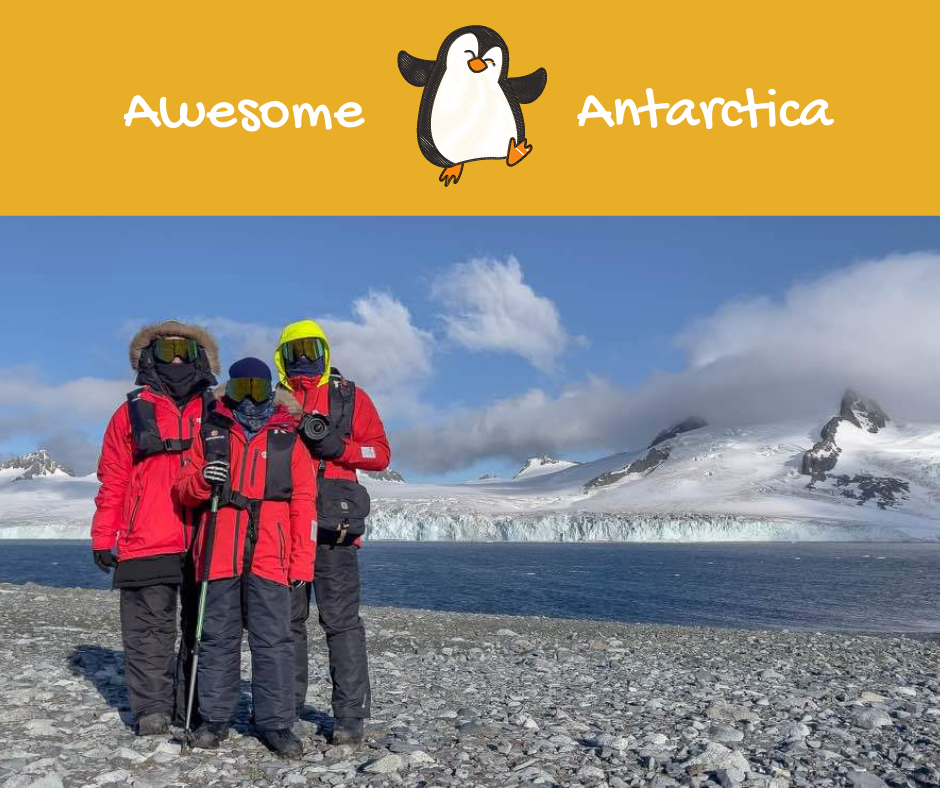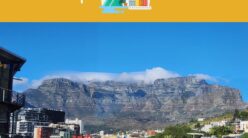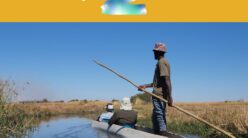We travelled to Antarctica with our 10 year old Kidsetter. Boarding our Hurtigruten Cruise ship from Punta Arenas in Chile, the ship travelled 2 days through the Drake Passage to reach Antarctica. Luckily for us we were greeted with the ‘Drake Lake’.
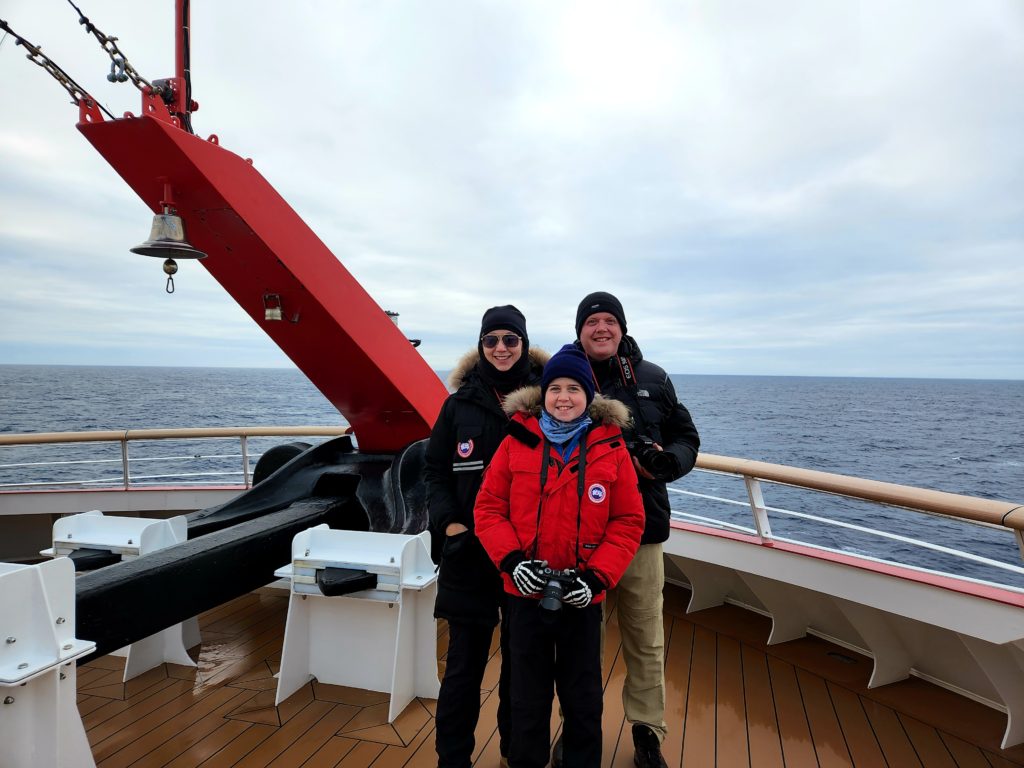
Our first Antarctic landing was on Yankee Harbour. Deriving it’s name from the American sealers. Admittedly as we were travelling at the end of the season heading into Winter the weather was intense. In the past rainfall never reached Antarctica however due to climate change it occurs now. We were drenched whilst clutching onto the Zodiac contending with fierce winds at 58kph whilst routing towards Yankee Harbour.

Once disembarking from the Zodiac we were rewarded for enduring the harsh elements by having Gentoo penguins walk straight past us and fur seals playing in the distance. What an honour !

The next Antarctic landing was named ‘Half Moon Island’ for obvious reasons. We were thrilled with the previous landing however this landing was even more stunning as the sun shone for us. Our Kidsetter enjoyed pretending he was Shackleton following in his footsteps.
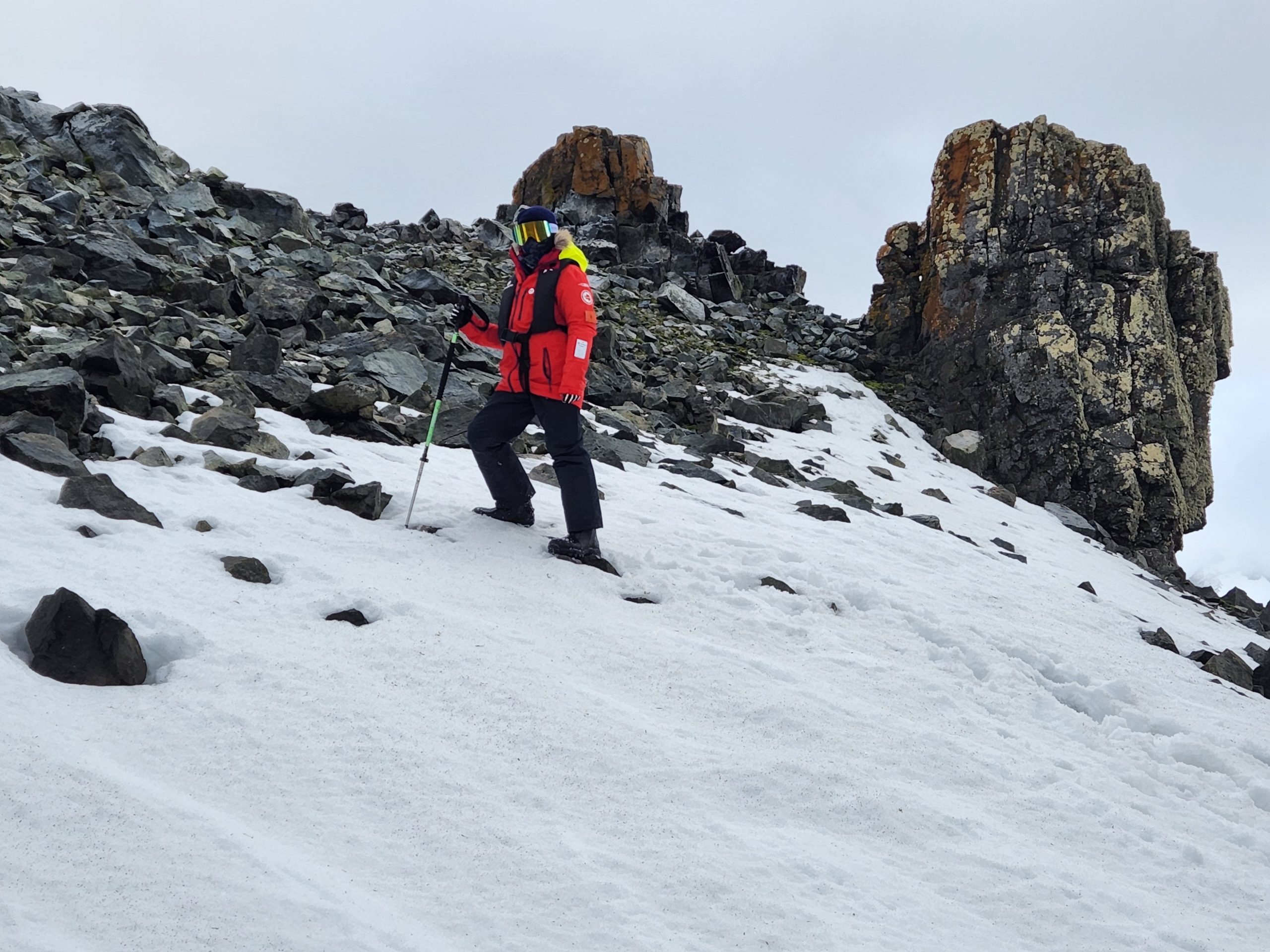
Chinstrap Penguins and Fur Seals were there to greet us.
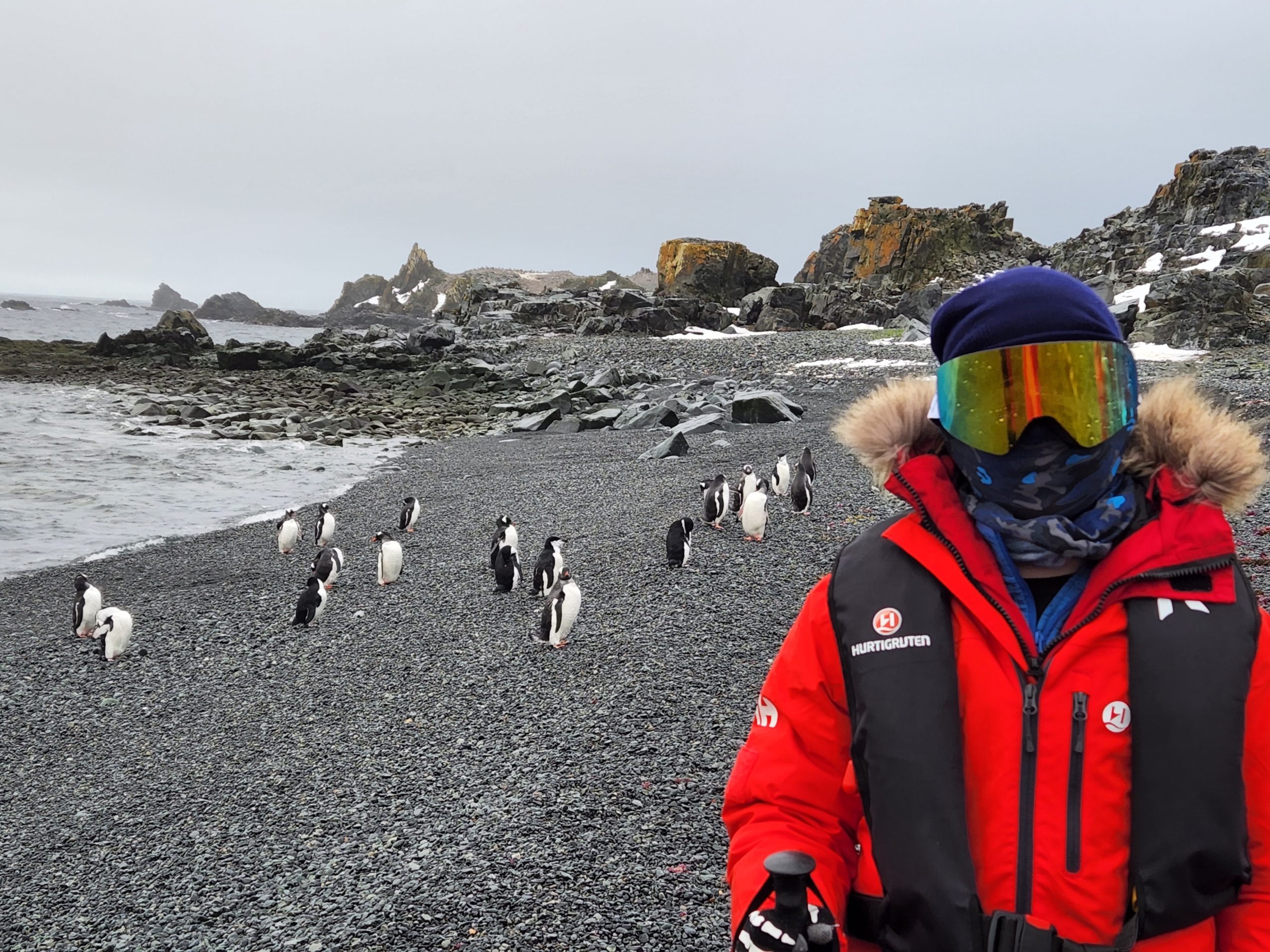
The scenery was breathtaking.
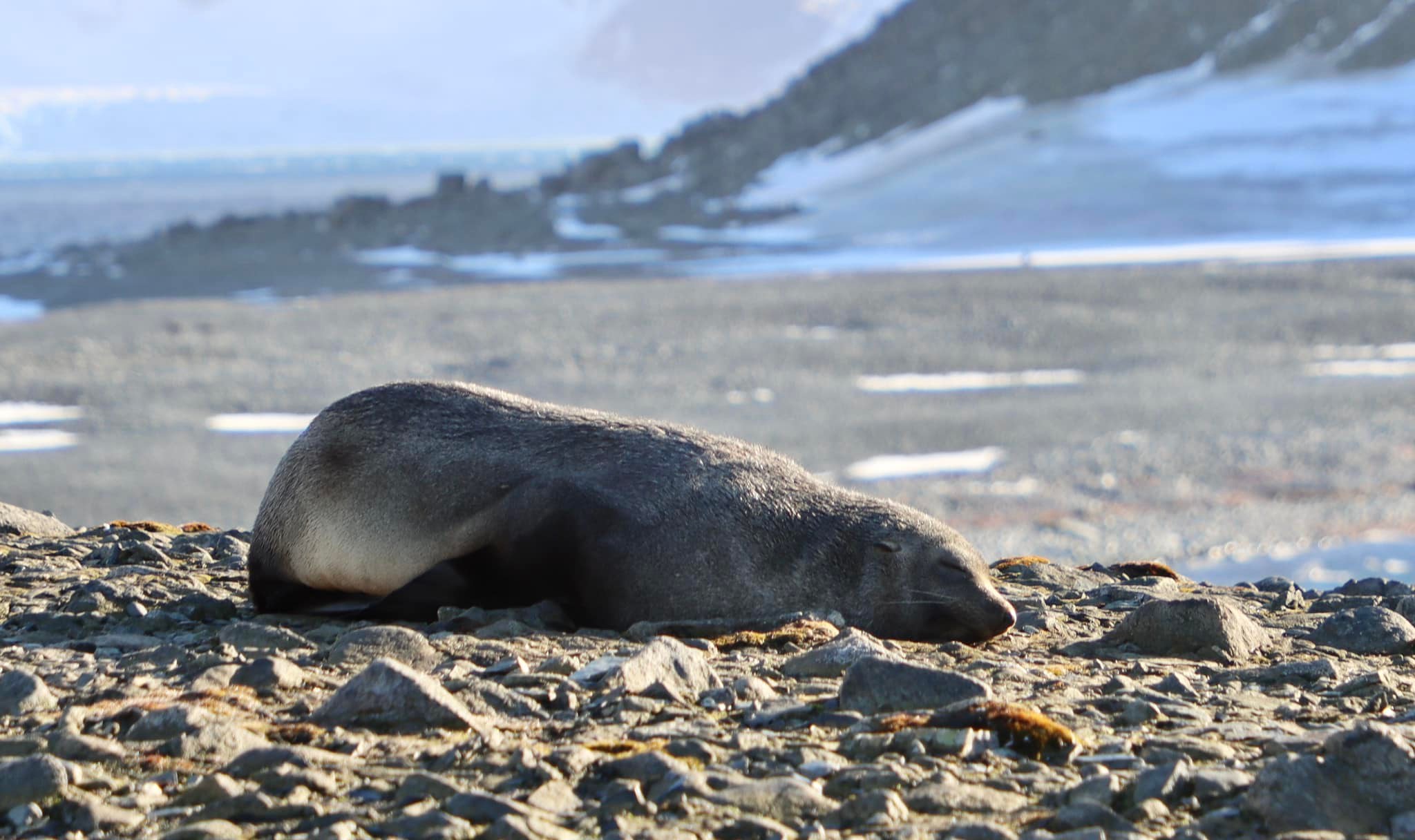
Early evening, we entered the spectacular Lemaire channel.

One of the most hoped for parts of any cruise to the Antarctic Peninsula. Nicknamed ‘Kodak Alley’, it is beautifully photogenic, and wonderfully calm.

Only 1.6 metres wide an iceberg filled passage. Arriving as the sun set it has a mythical proportion surrounding us by towering ice cliffs.
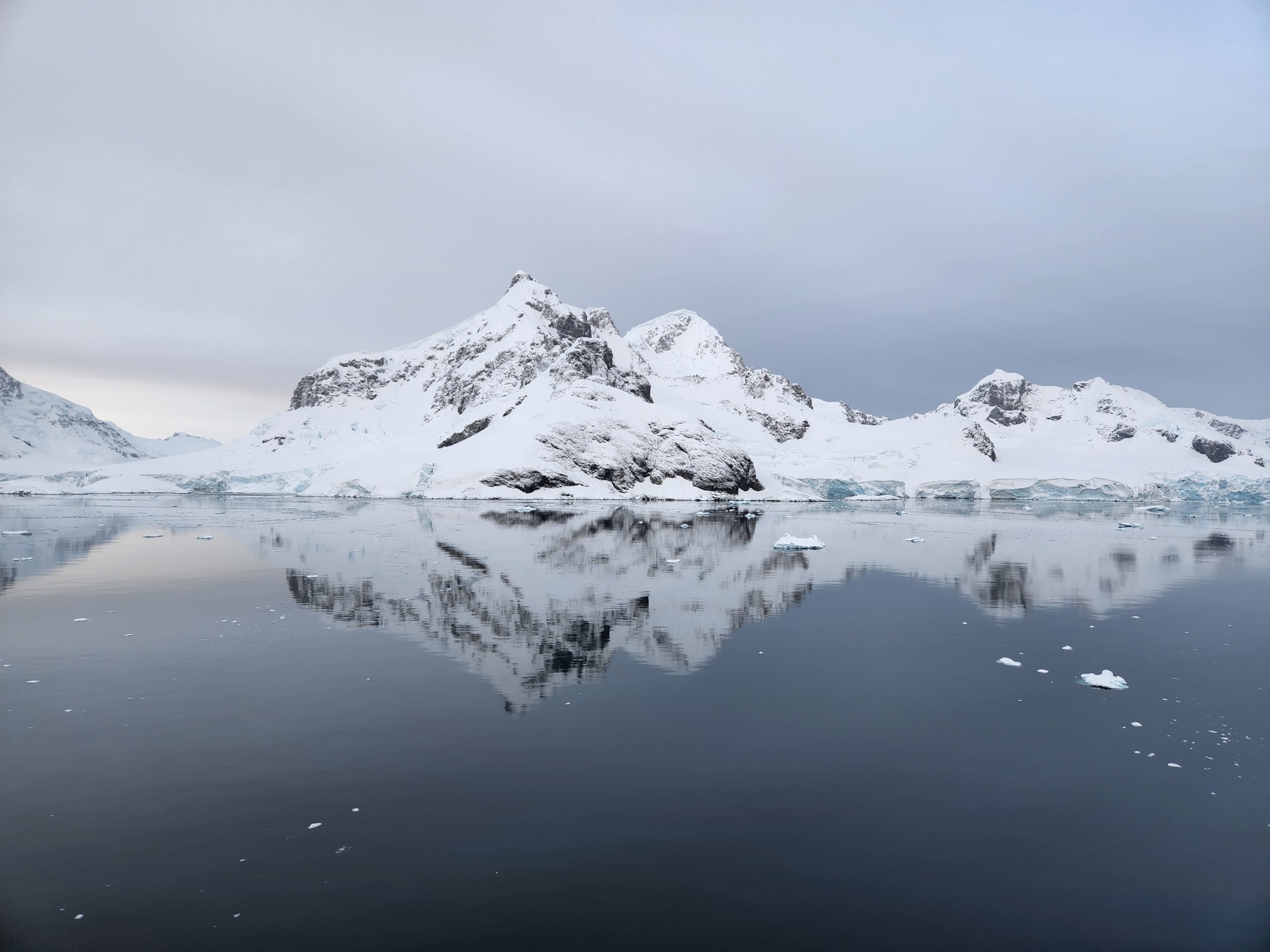
We were almost able to land on Fournier Bay, however weather conditions took a turn for the worse with winds blowing 83 knots along with snow which made disembarking via zodiacs too dangerous. Disappointing but also relieved as we did want to be out in those weather conditions. The ship put on a scavenger hunt which they made SUPER difficult. We got there in the end !
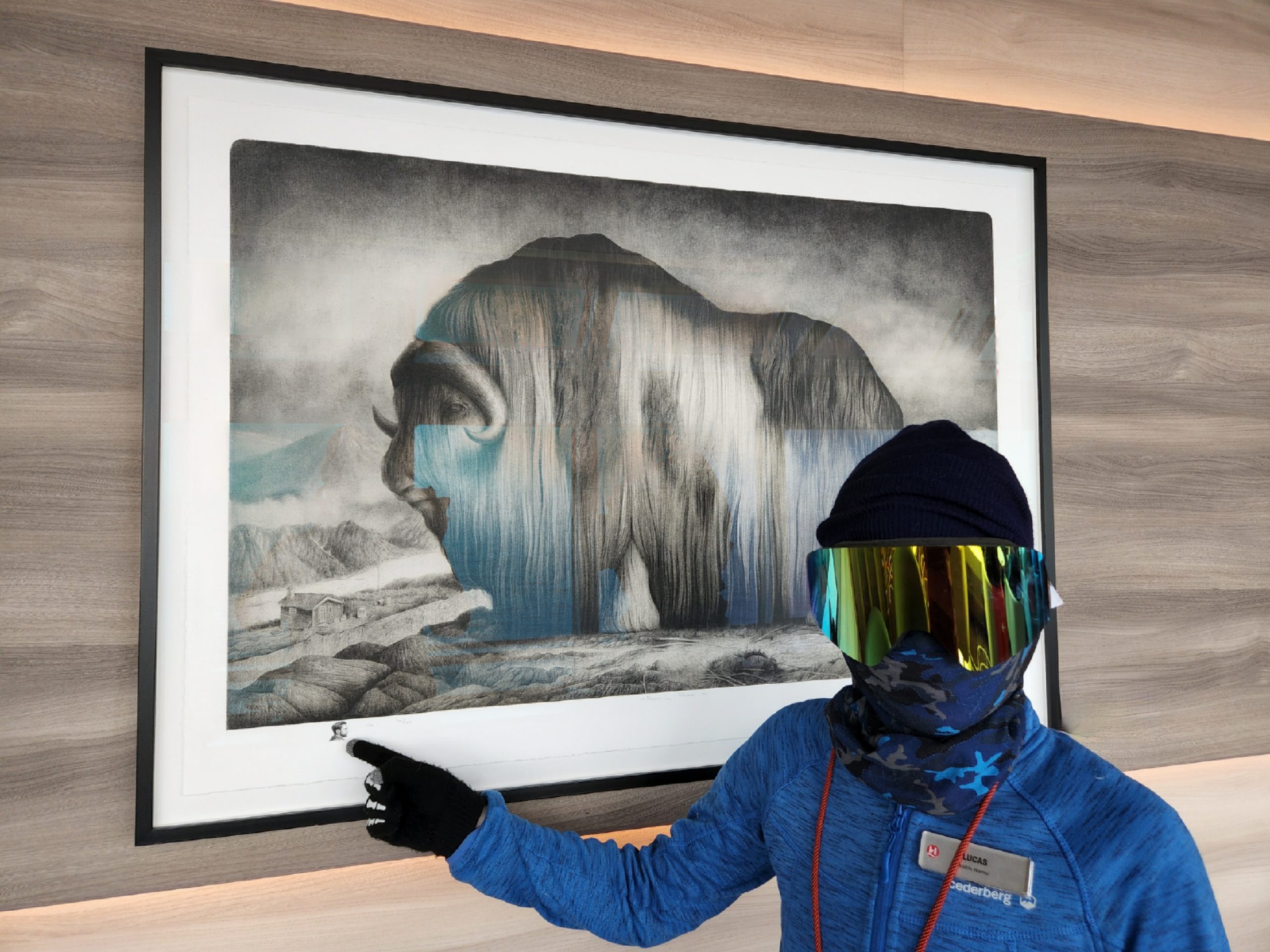
Our Kidsetter was the only Kidsetter on board. The crew were young at heart and wanted to involve him in all the could (COVID permitting). We were very fortunate as our Kidsetter loves to engage with others and is in his element when doing so. They created a special Hurtigruten name tag for him and his title become ‘Wildlife Warrior’. How fitting.
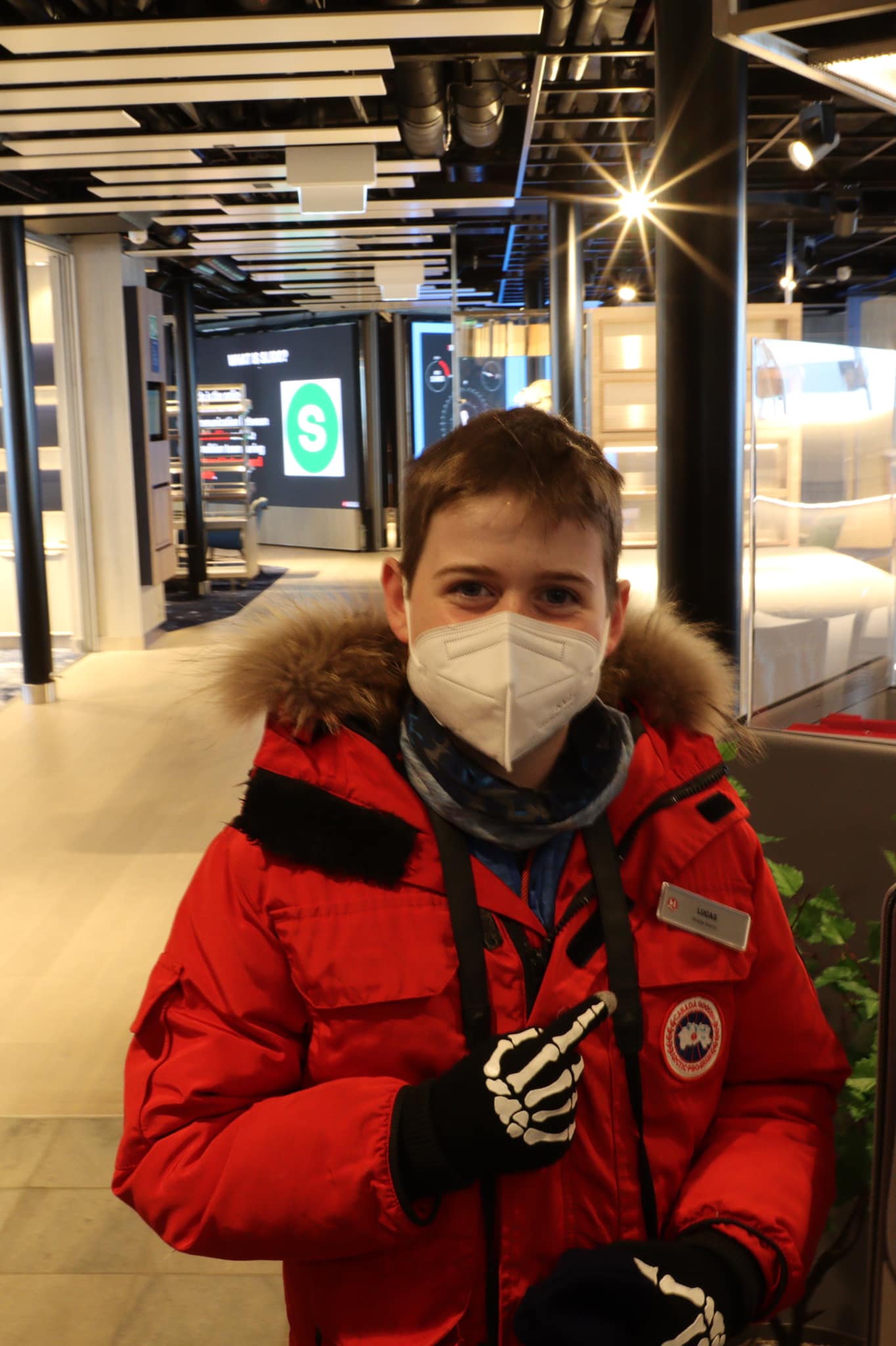
The Chief Scientist named Zoe invited our Kidsetter to join the Expedition Team to be the first on site at Brown Station and set up the flags and emergency equipment and help oversee the epic snow slide for Hurtigruten guests. What an experience ! All the while wearing a special Yellow Expedition Team jacket.
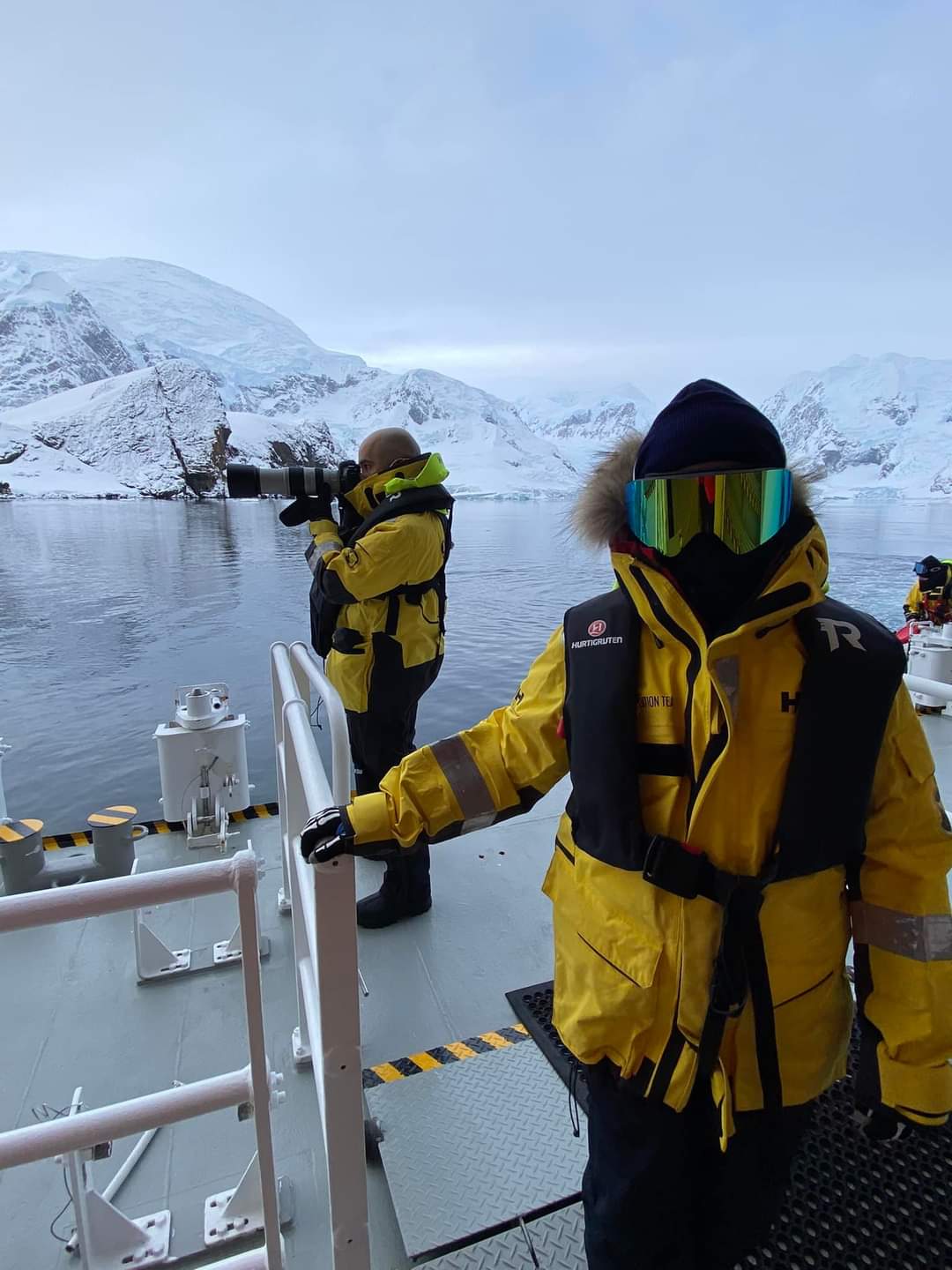
You can imagine his excitement boarding the Zodiac with the Expedition Team. Once at the landing they made a conga line to decant the Zodiac. Our Kidsetter enjoyed the many, many Gentoo penguins waddling past him as he trekked up the snowy mountain to help lead the way for the Hurtigruten guests to slide down the snowy mountain. He slid down 11 times.

After 6 hours at Brown Station, it was time to return to the ship. Our Kidsetter was on such a high to be the only guest on board asked to be a part of the Expedition set up team.

We rested for a few hours than boarded a Zodiac at 6pm. The mist had set in and visibility was low. The ice had formed on top of the ocean and our Zodiac edged it’s way through cracking the ice underneath us as we went.
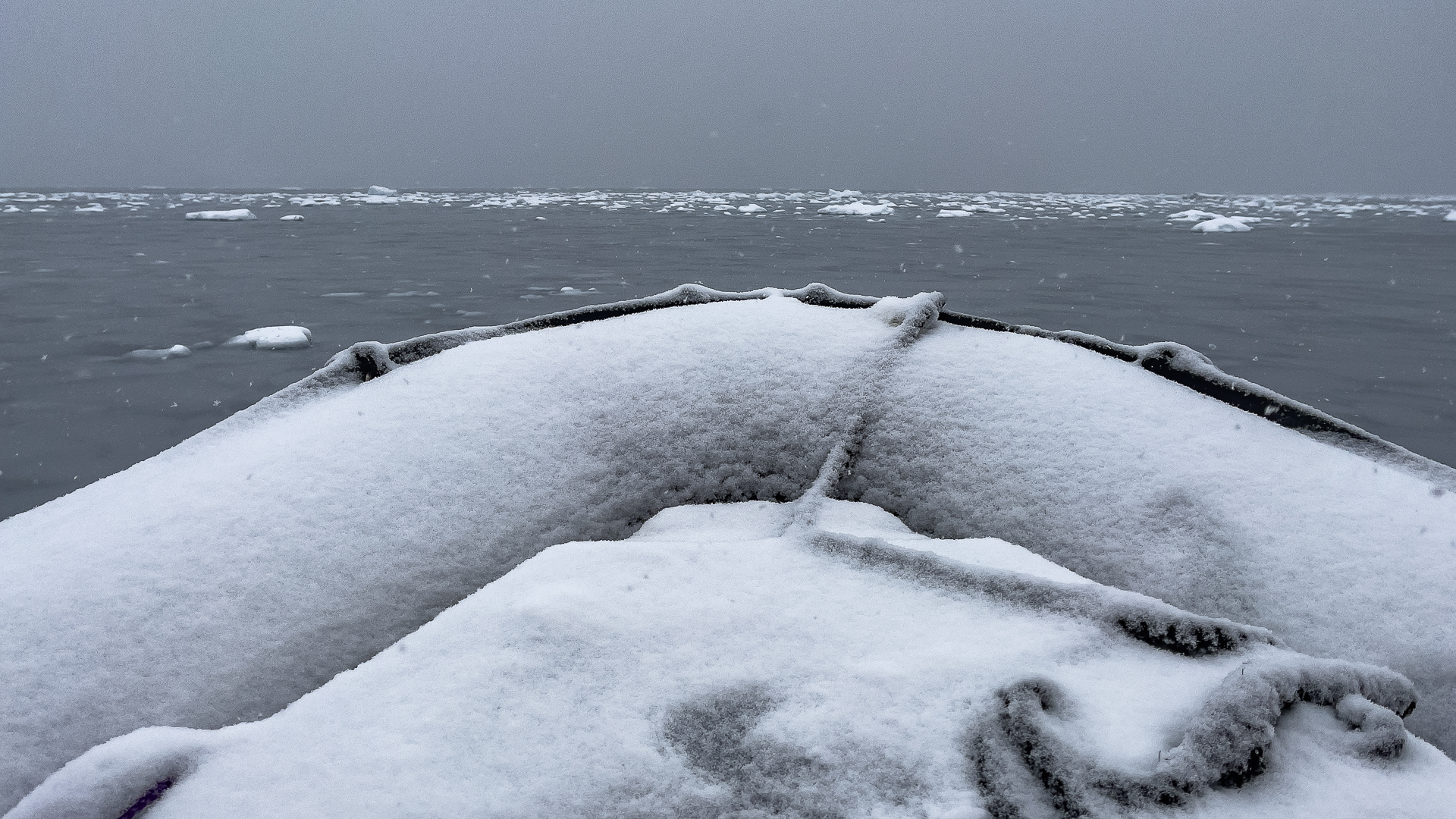
The purpose of this voyage was to view the magnitude of the icebergs. We were surprised at the distance we needed to keep from the icebergs however when you learn the shear size of their ice formations below the surface, and they can flip taking the zodiac with them you quickly learn it’s best to keep a safe distance. A 1 metre iceberg above the water can be 37 metres beneath the water.
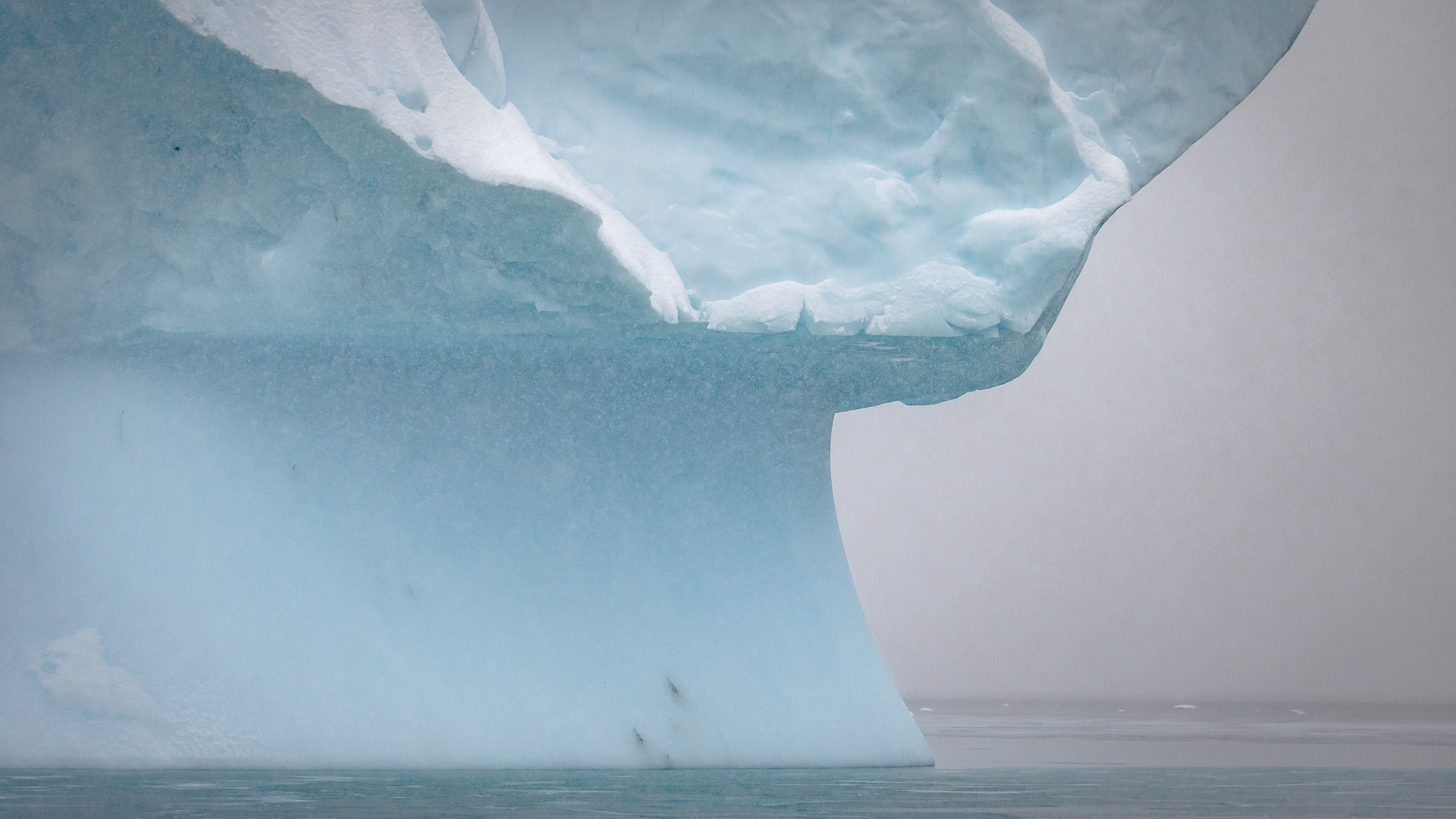
As we continued our way through the mist and eeriness of the early evening we were taken aback. A loud heavy beathing rattled us. We all knew instantly it was a whale but in such low visibility we didn’t know exactly how close it was. The whales breath was nearing and yet impossible to see. The anticipation was almost unbearable – where was this beautiful creature ? Alas, although we searched for our mysterious companion, we were not able to see the gentle giant. After an hour we returned to the ship not disappointed but in awe. A majestic ride amongst the mist, icebergs, crackling ice beneath us and accompanied by a glorious whale breathing. Wow !
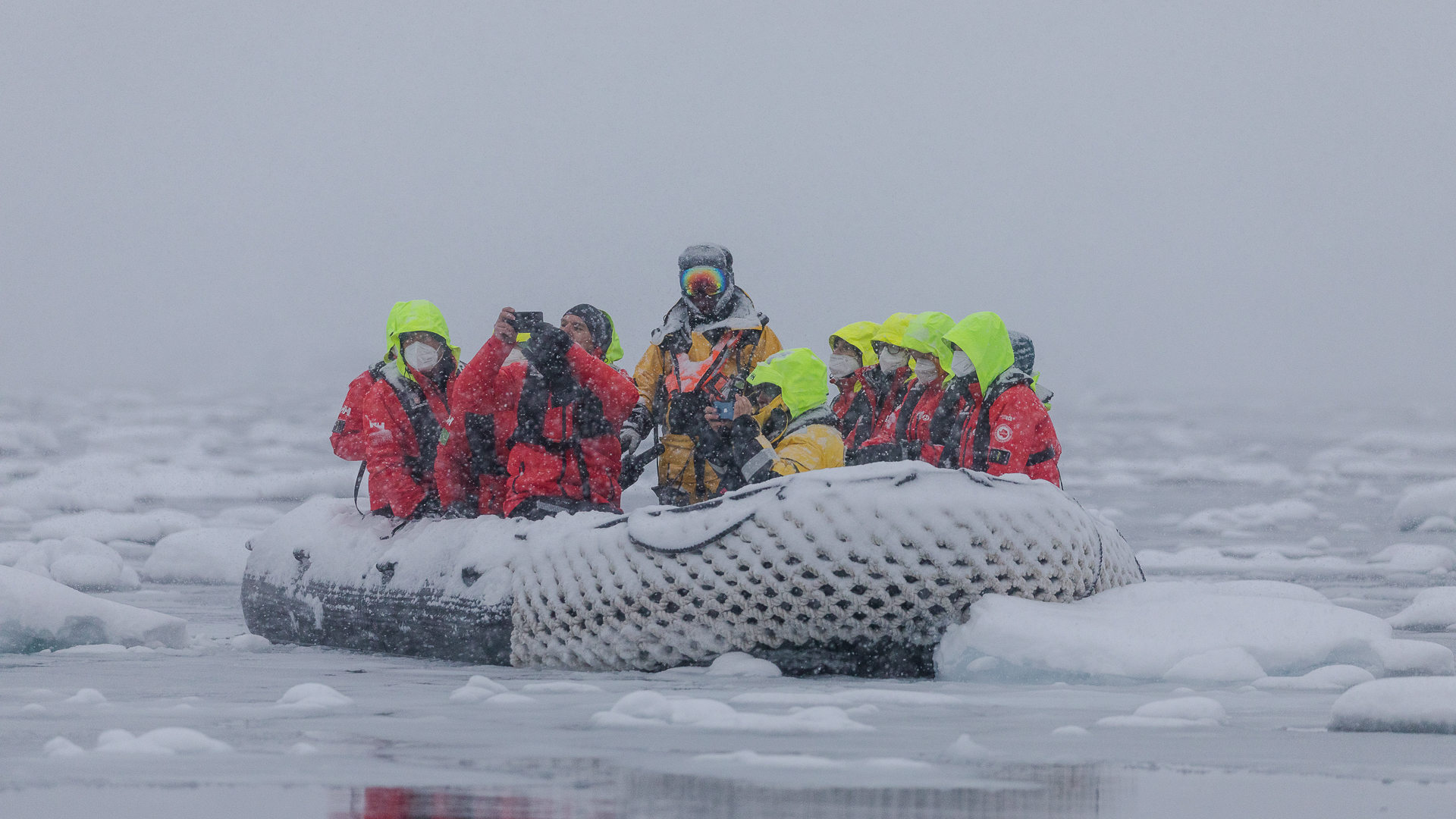
The following day our Kidsetter was invited once again by the Chief Scientist to join herself and Lilia (a Mexican Marine Biologist) on a phytoplankton sample collection expedition. Heading out near Cuverville Island we positioned the Zodiac between 2 icebergs. Apparently, the perfect place to gather some samples. After clear instructions from Zoe, our Kidsetter was able to lower the Conductivity (Salinity) Temperature Depth (CTD) Hydrographic instrument into the water to measure the depth of the water.
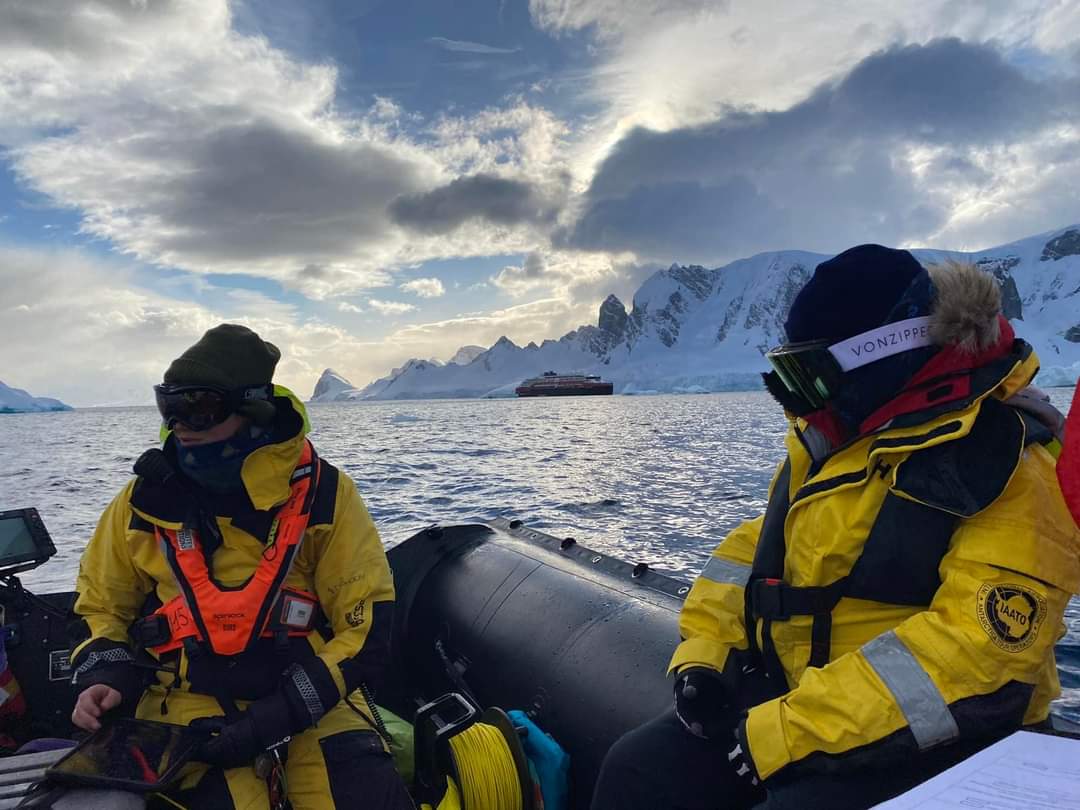
Next it was time to collect samples of the top ocean water levels, by dipping bottles into the water. The collection came to halt by 2 leopard seals. Each were killing a penguin thrashing it about violently, to kill and eat it. Our Kidsetter remarked “This is depressing”.
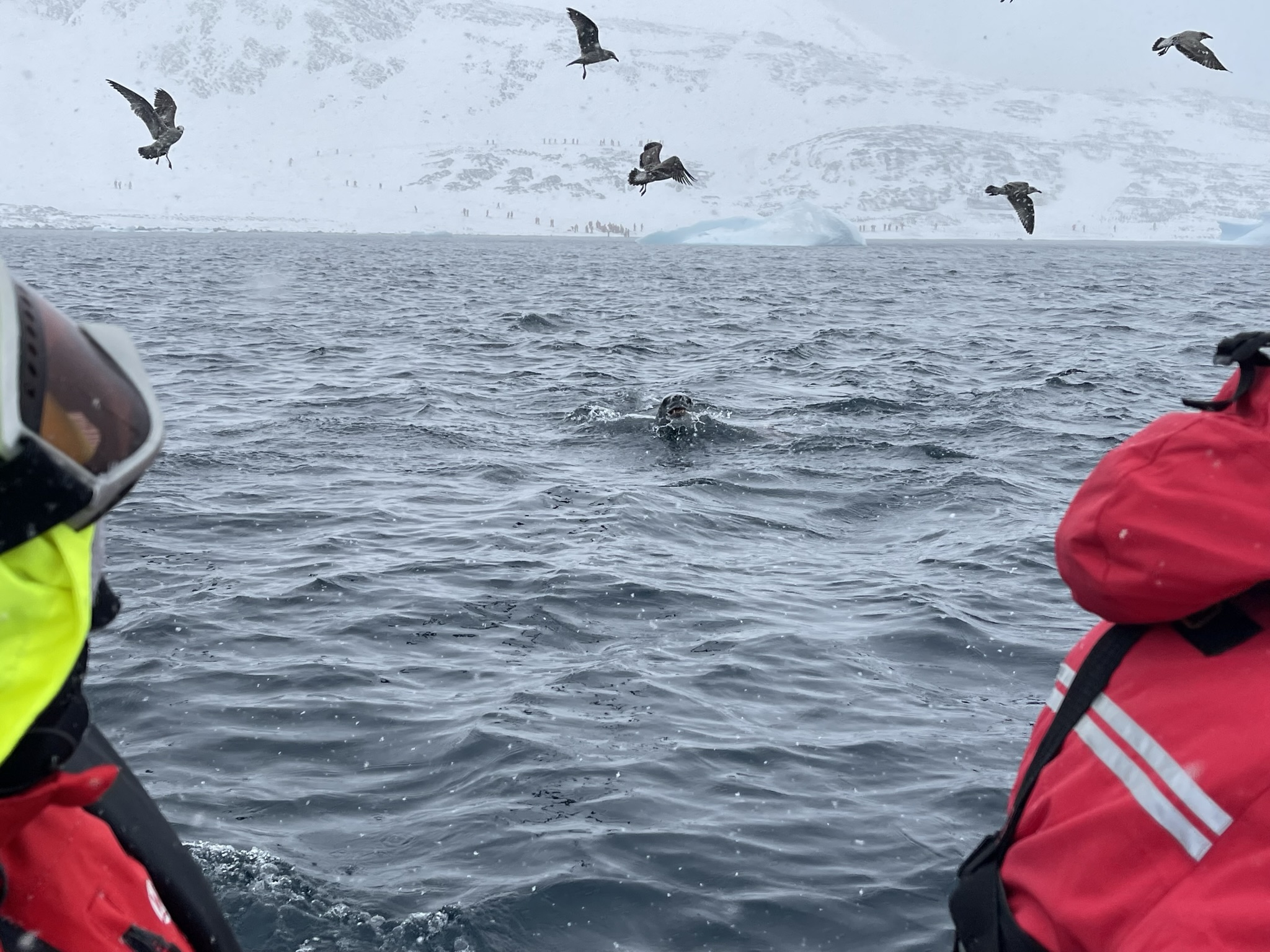
After the unsettling nature scene, we dropped the Phytoplankton Tow Net into the ocean and dragged it along the ocean floor to collect Zooplankton and Phytoplankton. Once we accumulated all the specimens we returned to the ship and straight to the science laboratory to view the samples under the microscopes. Our Kidsetter was enthralled to learn about the samples he had just collected from the Zodiac. What a fabulous way to learn about science.

On board the ship there were many great lectures. Admittedly, prior to boarding the ship I imagined old, serious professors running lectures that would be dry, not holding my attention let alone our Kidsetters’. Pleasingly, the crew are young, engaging and vibrant. The wealth of their expertise and knowledge is awe inspiring. We were forever hanging out in the Expedition team centre to ask questions and delve deeper into their experiences.
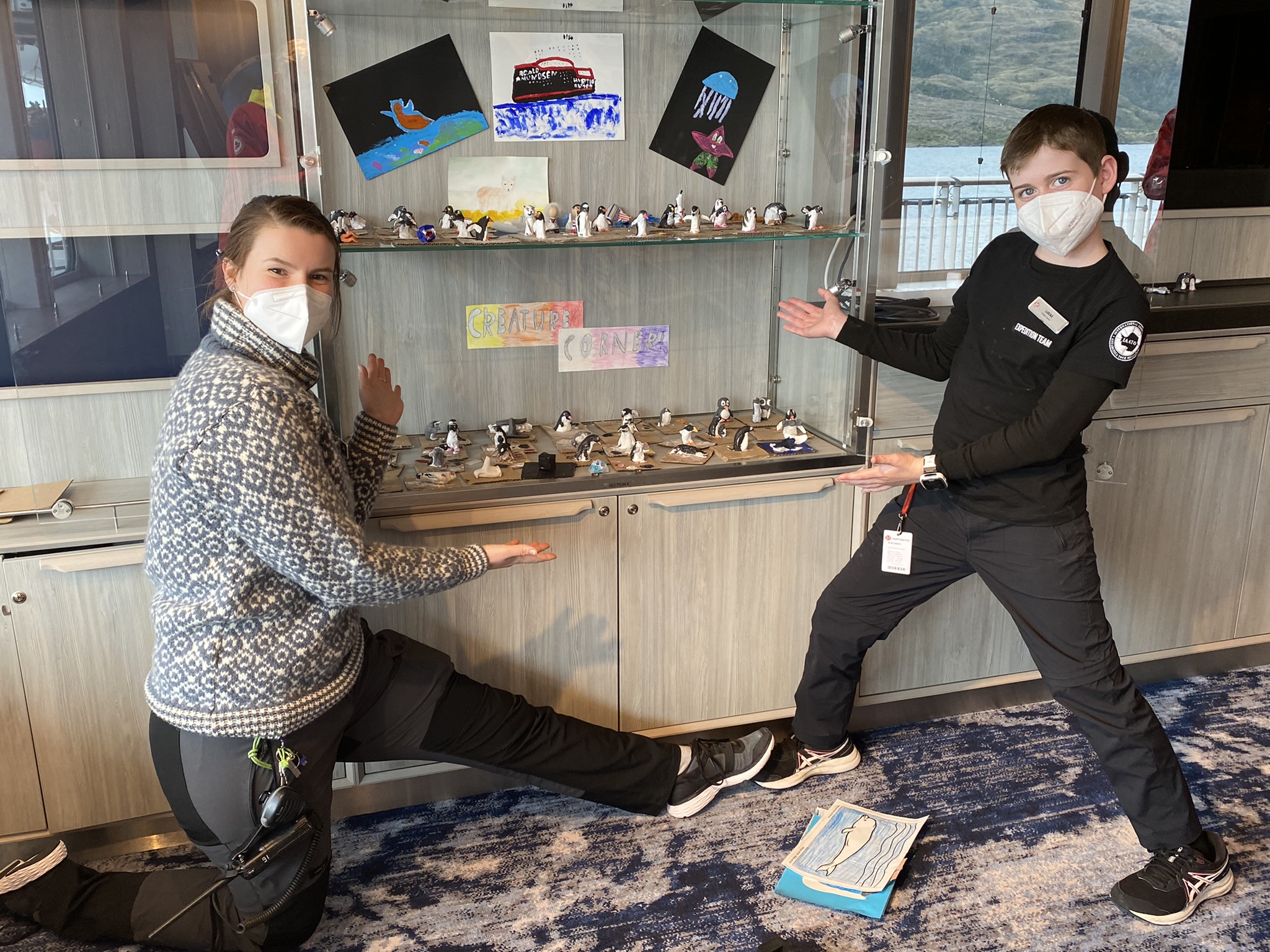
Heading from Antarctica to Punta Arenas in Chile, the ship travelled 2 days through the Drake Passage to reach Chile. Unfortunately, we experienced the infamous ‘Drake Shake’ with 7 metre waves however selecting the right ship is key as the MS Roald Amundsen can easily withstand these conditions and more.
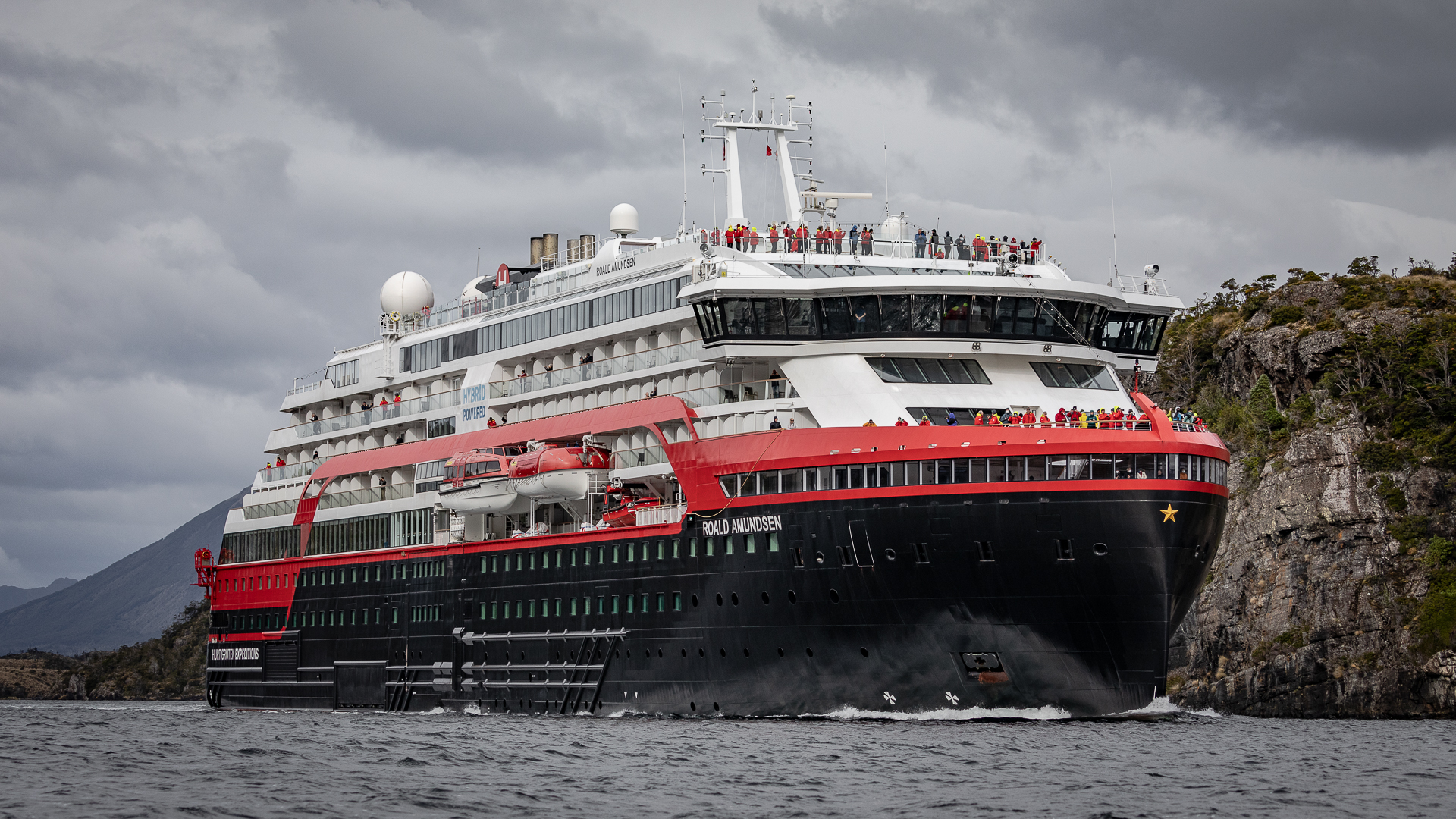
I’m not going to deny travelling in a global pandemic was challenging. We had a total of 27 COVID tests between us, completed 39 bureaucratic forms to access Chile and board MS Roald Amundsen ship. Hurtigruten take COVID exceptionally seriously, rightly so and strict requirements needed to be adhered to on board. Navigating through the pandemic bureaucracy has been the most challenging of this voyage. After 2 years of Melbournian lockdowns our Kidsetter lost some of his adventurous spirit so this trip was the perfect antidote to remind him that if you take calculated risks you will still be OK.
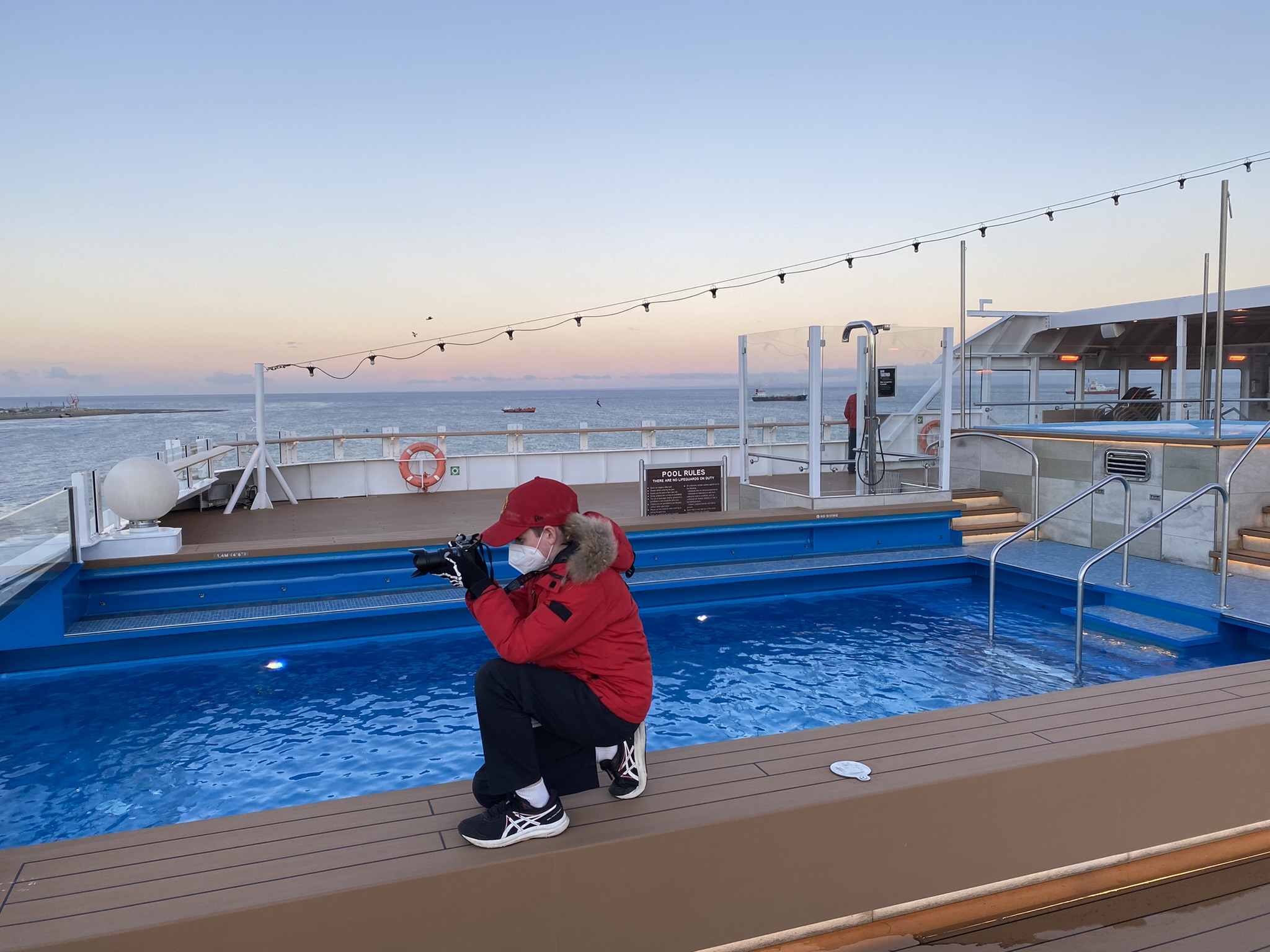
This journey has profoundly changed us like no other trip. Every challenge was worth the endeavour. Our planet is truly phenomenal, and we are so small and yet everything we do has an impact on the planet. Small changes do add up. Our Kidsetter has been bitten by the Antarctic bug and become its ambassador.
